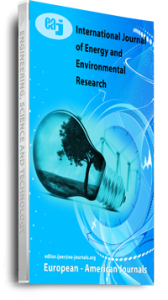Biogas is a combustible mixture of gases produced by microorganisms when livestock manure and other biological wastes are allowed to ferment in the absence of air in closed containers or reactor. This process design proposes an integrated biogas production system that aims to remove nitrogen and phosphorus from polluted seawater using U. lactuca and consequently utilize this as a feedstock for biogas production. Anaerobic digestion is done in the process which accomplished in three stages: (1) hydrolysis of insoluble polymers, (2) fermentation of monomeric breakdown products and (3) fermentation of acetate and hydrogen from volatile fatty acids and (4) generation of methane. The basis of the design is 1,000 metric tons of purified biogas per year which is intended for kitchen stove application. It can promote utilization of endemic U. lactuca for seawater treatment and at the same time provide livelihood to communities and save the aquatic environment from pollution. In addition, utilizing purified biogas as an additional source of fuel can save the dwindling natural gas and oil reserves in the world. This purified biogas can be an alternative to the conventional LPG (liquefied petroleum gas) used for kitchen stoves since their energy value and price are comparable.
Keywords: Anaerobic Digestion, Biogas, Microalgae, Philippines, U. Lactuca

